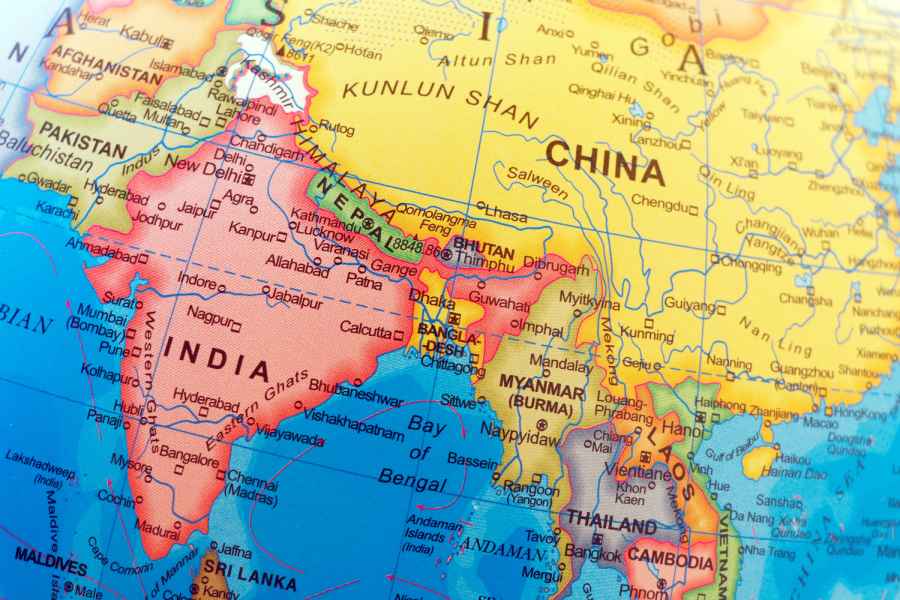 |
After 13 days, the strike at Maruti Suzuki is over. The workers at the Maneswar plant have crawled back to their assembly lines. They have extracted one concession out of the company management: their sacked colleagues will be taken back and Maruti will go easy on disciplinary action.
What was it all about? What was so important that the workers had to lose face and part of their salary (depending on how the Maruti management defines “going easy”)? It revolved around a single issue: to form a union and get it affiliated to a national trade union.
You will often find the word “misguided” used to describe agitating workers. That’s a way the management says “our workers are a wonderful set of people; they have been corrupted by outside influences”. Whatever the situation may have been yesterday — when exploitation in factories and on shopfloors was a way of life — you can’t get away with slave labour today. The “slave labour” that still exists is amongst the highly-paid IT engineers — the cyber coolies.
The attack on Indian labour practices — designed to save American jobs — now focuses on child labour and working in dangerous conditions. If the underage in the US work, it’s called entrepreneurship. Ask the newspaper boys or the Mexican kids who spend the whole day picking fruit in the hot sun in Texas.
Getting back to Maruti, are external unions needed? Certainly not. They are essentially organisations practising arm twisting and extortion. Nowadays it is difficult to exploit workers in large, listed companies such as Maruti. You don’t need a dinosaur sitting in Alimuddin Street to protect his rights.
Are unions needed? Many companies would prefer to have “works committees” instead. These are imports by new-generation multinational companies (MNCs), used to more pliable labour at home. The trouble is that when these companies come to India, they come with both their HR practices and their HR personnel. And, because they pay more than Indian companies — though much less than what they pay their workers in the West — they feel that other things should be accepted. The other things are really questions of culture, the lack of freedom to argue with your boss perhaps or do exercises in the morning before starting a shift, a familiar sight at Maruti.
The objective of outside unions is to establish an industry-wide monopoly. Of course, the ideal situation is to be a huge union cutting across sectors. But as all unions are handmaidens of political parties, you can’t have one national trade union; in India, you have the AITUC, the INTUC, Citu and other members of the alphabet soup.
Being an industry-wide union gives you a great deal of clout anyway, if you know how to flex your muscles (not the Maruti way). But from a company point of view, it takes away competitive advantage. Look at a hypothetical situation. A steel manufacturer runs a very efficient operation. It pays its employees well and everybody’s happy. At a rival unit, the management doesn’t know whether it is coming or going. It runs up huge losses and is unable to pay salaries. The workers call a strike at the second unit. It doesn’t work. So the industry union calls a strike in all the units; the rationale is that everybody will pressurise the erring employer. Perhaps it helps him decide to sell out. But why should you suffer for somebody else’s incompetence?
There could be another danger. Your customers will look for other sources of supply if strikes happen too often. Union leader Datta Samant killed the entire textile industry in Bombay with his Great Textile Strike of 1982. While 3,00,000 workers went on a strike for more than a year, the industry shuttered its mills and set up shop elsewhere.
How does this concern cubicle workers and executives? The next generation of “unions” will be on Facebook and similar social media. Advice to all “friends”: don’t join the herd or you’ll get gored.
STRONG-ARM TACTICS
The way of the whipsaw
A whipsaw strike is against one or a few employers in an industry and is often of a short duration.
As unionisation spreads in an industry, unions often attempt to encourage employers to bargain as a group. The goal is to negotiate an industry-wide contract, which equalises pay across employers, forcing businesses to compete on the basis of quality, innovation, and workplace safety. This multi-employer bargaining has been common in the US and other countries since the 1880s.
In a whipsaw strike, the union strikes one employer (or just a few employers), usually for a few days or a week at most. The union strikes employer after employer. Strikes may occur one after another and may overlap, or there may be long lulls between strikes. The same employer may be struck repeatedly, with sometimes as little as 24 hours between strikes.
Source: Edited from Wikipedia











